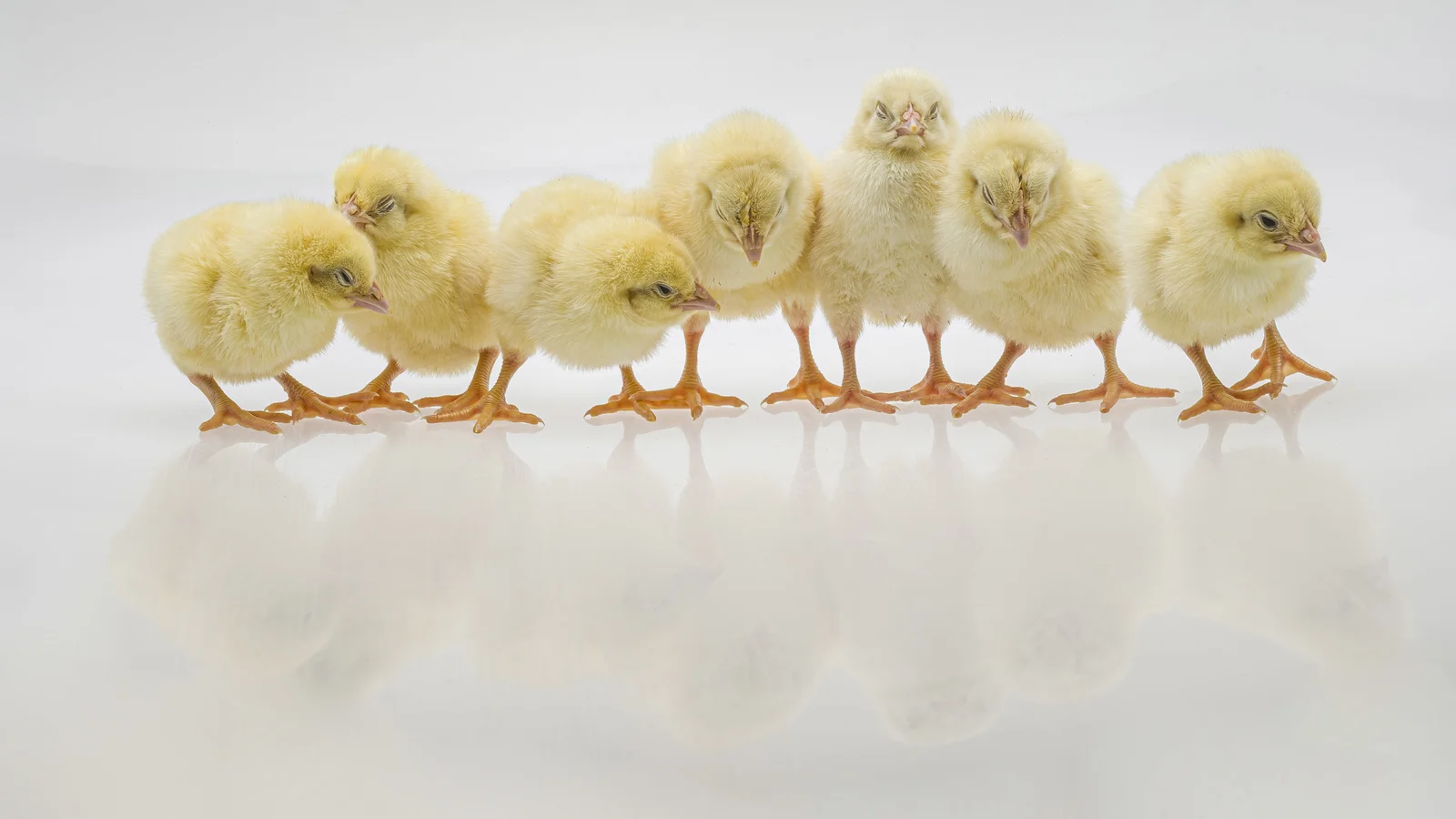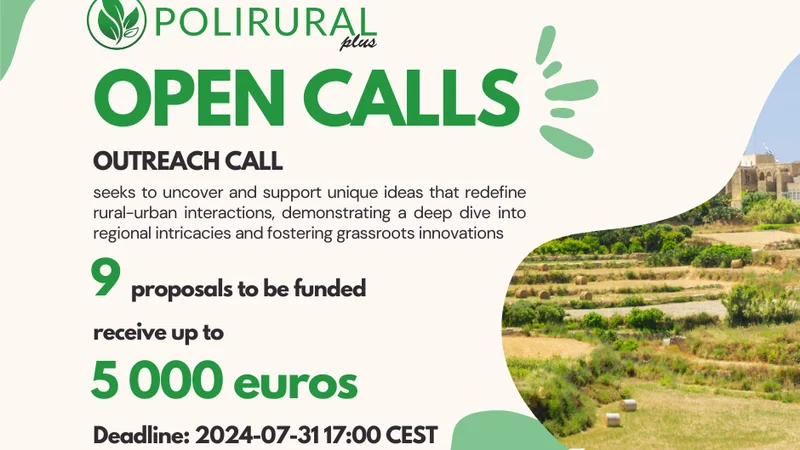Executive Summary
County Monaghan is a leading region in Ireland’s poultry sector, producing a significant share of the nation’s broiler chickens and eggs. With over 200,000 tonnes of poultry litter generated annually (Monaghan County Council, 2021), this waste stream presents both a management challenge and a business opportunity. Currently, circular economy solutions remain underdeveloped in the region, with limited infrastructure for value-added reuse. This article—intended for rural development stakeholders, policy makers, and agri-businesses—shares an overview of the poultry value chain in Monaghan, highlights policy and development challenges, and outlines practical business opportunities that align with regional economic goals and EU sustainability strategies. By doing so, it supports better-informed decision-making and inspires investment in rural innovation.
Background: Poultry Sector and Value Chain in Monaghan
According to the Monaghan County Council Baseline Study (2021), Monaghan’s poultry sector includes approximately 300 broiler units and over 130 egg-producing farms. This dense concentration of poultry enterprises is supported by hatcheries, feed suppliers, processors, and logistics providers. The value chain comprises:
- Input suppliers (e.g., feed, hatcheries)
- Primary production (broiler and egg farms)
- Processing (e.g., slaughtering, packaging)
- Distribution (supermarkets, export channels)
- Waste management (poultry litter, by-products)
Despite the integrated structure, waste valorization activities—such as anaerobic digestion, composting, or fertilizer production—are limited and face regulatory, economic, and infrastructural hurdles (Monaghan County Council, 2021).
Current Challenges in Developing a Circular Poultry Economy
- Regulatory Pressure: Tightened rules on nitrogen and phosphorus application, as set by the Nitrates Directive, are limiting traditional waste disposal methods (Monaghan County Council, 2023).
- Policy Integration Gaps: Cross-sector collaboration between agriculture, waste, and regional development remains weak.
- Digital Infrastructure and Logistics: Poor rural broadband, weak supply chain integration, and lack of digital solutions hinder circular economy operations.
- Limited Local Research and Support Services: There is a shortage of R&D, advisory support, and market analysis on poultry waste reuse in Ireland.
- Incentive and Compliance Complexity: Small producers face barriers due to unclear incentives and administrative requirements for starting value-added initiatives.
- Lack of Market and Technology Access: Few local firms have the scale or finance to invest in technologies like pelletizers or biochar units.
Circular Economy Opportunities for the Monaghan Poultry Sector
- Local Waste Processing Hubs: Facilities for pelletized fertilizer, compost, or renewable energy (biogas) could be developed near poultry clusters, reducing transport needs and generating rural jobs (Monaghan County Council, 2021).
- Use of Digital Tools: Spatial and economic planning tools can support regional planning, stakeholder coordination, and investment decision-making.
- EU Circular Economy and Bioeconomy Funding: Horizon Europe and the EU Circular Economy Action Plan provide grants and frameworks supporting rural innovation, especially in waste valorization (European Commission, 2020).
- LECP and Regional Policy Alignment: The Monaghan LECP encourages sustainability and entrepreneurship, offering an enabling policy environment for circular business models (Monaghan LECP, 2023).
- Cross-Industry Collaboration: Synergies between poultry farms, mushroom composting, and dairy units could improve circular project feasibility and reduce costs.
Recommendations
- Form a Regional Innovation Cluster: Establish a formal partnership including poultry farmers, processors, Monaghan County Council, and agri-tech firms to promote shared infrastructure and attract investment.
- Adopt and Promote Digital Planning Tools: Use spatial data and economic modelling to map waste generation, transportation needs, and investment opportunities.
- Launch Local Innovation Calls and Funds: Collaborate with regional stakeholders and EU programmes to create funding schemes for pilot projects.
- Support Certification and Marketing of Circular Products: Develop local labels and certifications that highlight green credentials of fertilizer or poultry products.
- Improve Connectivity and Advisory Support: Enhance rural internet access and provide targeted training to farm enterprises on circular business opportunities.
References
- European Commission. (2020). Circular Economy Action Plan. Available at: https://ec.europa.eu/environment/circular-economy/
- Monaghan County Council. (2021). Baseline Study Report on the Poultry Sector in Co. Monaghan, prepared by Fehily Timoney Consultants.
- Monaghan County Council. (2023). Environment Reports and Nitrates Information. Available at: https://monaghan.ie/environment/
- Monaghan Local Economic and Community Plan (LECP). (2023). Available at: https://monaghan.ie/communitydevelopment/lecp/
- Teagasc (2023). Anaerobic Digestion: What Does It Offer Farmers? Available at: https://www.teagasc.ie/
- Irish Farmers Journal. (2025). Monaghan farmers seek to overturn poultry planning permission ban, 29 January. Available at: https://www.farmersjournal.ie/
About the Author
This article was developed by R. Jeyald Anthony, Project Officer for the Irish Pilot at Monaghan Integrated Development CLG. It aims to support circular economy entrepreneurship, regional foresight, and sustainable agri-development in County Monaghan.




Existing Comments